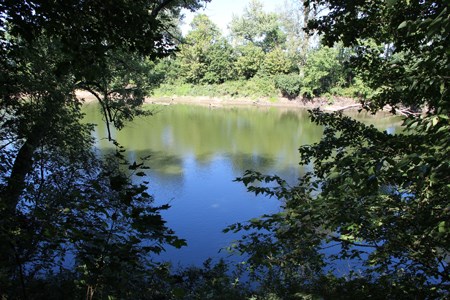|
Each park unit is located in proximity to the Scioto River, Paint Creek, or the North Fork Paint Creek. The ecosystem that the park units lie in has varying characteristics that gives each one of them a certain identity. While they are not vastly different, they do have differences. These differences can be classified, and these classifications are called ecoregions. Ecoregions are areas where ecosystems (and the type, quality, and quantity of environmental resources) are generally similar.1 In the diverse ecosystem of Ross county where the park lies, two ecoregions make up the general ecosystem for the area:

NPS Photo / Tom Engberg
Visit the U.S. EPA website more information and maps of the ecoregions of Indiana and Ohio. |
Last updated: October 27, 2017
